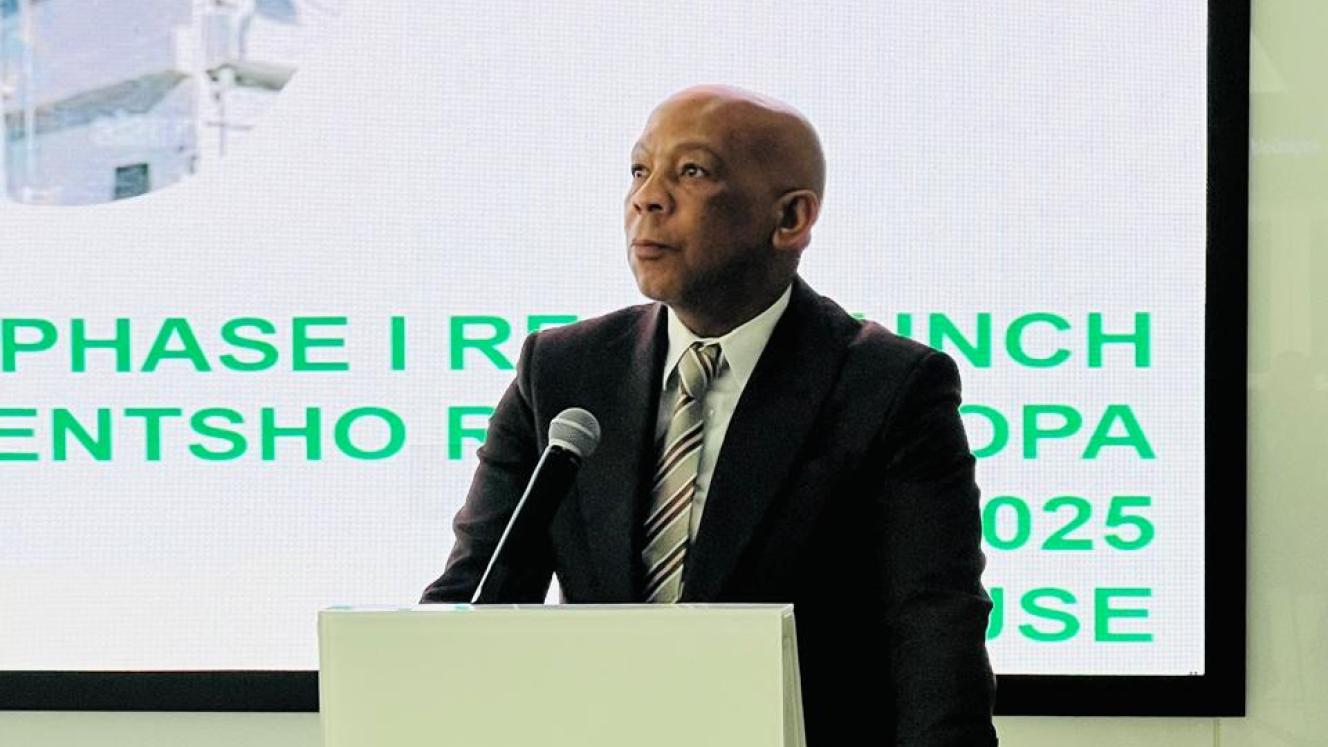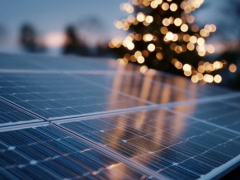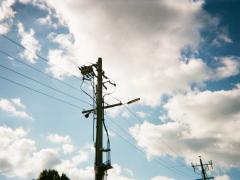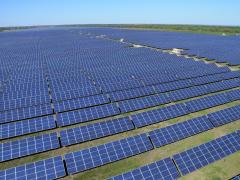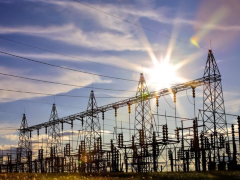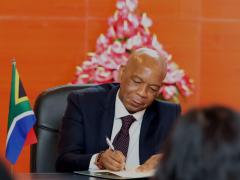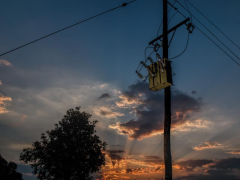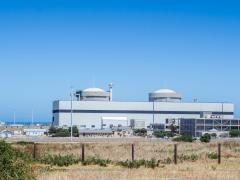South Africa has officially launched the request for qualifications (RFQ) for its Independent Transmission Projects (ITP) opening the door to large-scale private investment in the country’s transmission grid.
Speaking at the Johannesburg Stock Exchange yesterday (July 31), Minister of Electricity and Energy Kgosientsho Ramokgopa announced that the RFQ is now live on the Department of Electricity and Energy’s website with submissions due by September 9 this year.
The ITP aims to mobilise more than R390 billion to address grid constraints. “We are not short of megawatts – we are short of grid capacity,” Ramokgopa said, citing over 130 GW of generation projects stalled due to limited network access.
Over the next three years, the programme is targeting the construction of around 10 000 km of new high-voltage lines and 59 new substations, prioritising areas such as the Northern Cape, Eastern Cape and Limpopo where renewable energy potential is high but grid capacity is limited. Seven Phase 1 projects — including sites beyond the Cape regions — are being prepared to reach implementation readiness by 2026 and will collectively deliver 1 164 km of new transmission lines across the Northern Cape, North West province and Gauteng. This is part of a broader R400 billion transmission build over 10 years – expected to require 14 000 km of new lines and 105 substations by 2030 to integrate an additional 22,5 GW of generation capacity.
The ITP will proceed in three bid rounds between now and 2028. The current RFQ phase is focusing on prequalifying technically and financially capable developers who will be invited to participate in a request for proposals process in 2026.
Successful bidders will be awarded 25-year availability-based contracts with the Central Purchasing Agency, a newly created division within the National Transmission Company South Africa.
Eskom welcomed the development, describing the RFQ as a milestone for transmission delivery. “A significant milestone has been reached today to realise the delivery of new transmission infrastructure that will facilitate the transition from high-carbon to low-carbon sources of energy,” said Eskom’s Group Chief Executive Dan Marokane.
“Government will also coordinate permitting, approvals and land access with expropriation enabled if required. The President has already approved the use of expropriation, where necessary, but our first prize is negotiated land access,” Ramokgopa said.
He confirmed that Eskom and the CSIR have finalised the Grid Infrastructure Investment Plan mapping out priority zones for expansion in line with the Integrated Resource Plan. The ITP is a core part of this long-term strategy.
